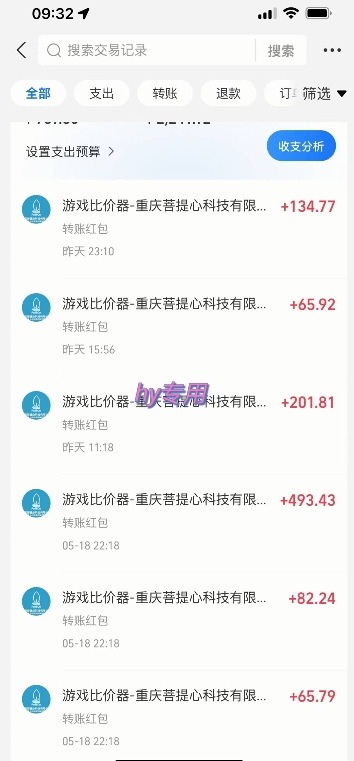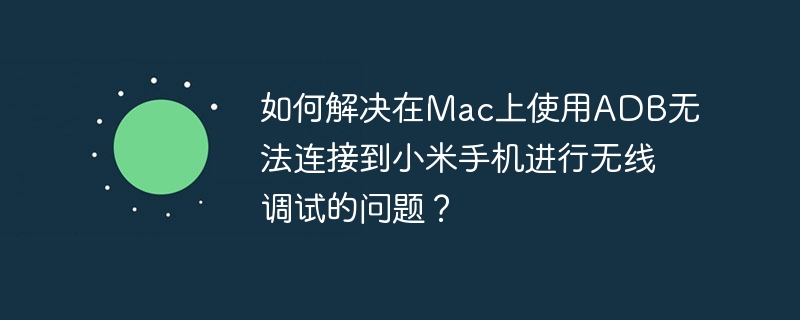依賴注入容器是一種管理和注入對象依賴的工具,提升代碼可維護性和靈活性。設計高效di容器需考慮:1. 生命周期管理(單例、瞬時、范圍);2. 依賴解析(處理復雜關系圖);3. 配置靈活性(支持多種配置方式);4. 性能優化(緩存、延遲加載、并行解析)。

依賴注入(DI)容器是現代軟件開發中一個關鍵的設計模式,尤其在構建大型、復雜的應用程序時,它能夠極大地提升代碼的可維護性和靈活性。那么,依賴注入容器到底是什么,它如何工作,又該如何設計一個高效的DI容器呢?讓我們深入探討這些問題。
依賴注入的核心思想是通過外部提供對象所需的依賴,而不是在對象內部創建這些依賴。這種方式可以減少代碼耦合,提高模塊的獨立性和可測試性。DI容器則是一個專門用于管理和注入這些依賴的工具,它使得依賴管理更加系統化和自動化。
在設計一個DI容器時,我們需要考慮幾個關鍵要素:生命周期管理、依賴解析、配置靈活性和性能優化。讓我們通過代碼示例和實際經驗來詳細探討這些方面。
首先是生命周期管理。DI容器需要能夠處理不同類型的生命周期,如單例(Singleton)、瞬時(Transient)和范圍(Scoped)等。考慮以下簡單的Java DI容器實現:
public class SimpleContainer { private Map<Class<?>, Object> singletonInstances = new HashMap<>(); private Map<Class<?>, Class<?>> bindings = new HashMap<>(); public <T> void bind(Class<T> type, Class<? extends T> implementation) { bindings.put(type, implementation); } public <T> T getInstance(Class<T> type) { if (singletonInstances.containsKey(type)) { return (T) singletonInstances.get(type); } Class<?> implementation = bindings.get(type); if (implementation == null) { throw new RuntimeException("No binding found for " + type.getName()); } try { T instance = (T) implementation.getDeclaredConstructor().newInstance(); if (isSingleton(type)) { singletonInstances.put(type, instance); } return instance; } catch (Exception e) { throw new RuntimeException("Failed to create instance of " + implementation.getName(), e); } } private boolean isSingleton(Class<?> type) { // 這里可以實現更復雜的邏輯來判斷是否為單例 return type.isAnnotationPresent(Singleton.class); } }
這個簡單的容器實現了基本的單例和瞬時生命周期管理。單例對象在首次請求時創建并存儲在容器中,而瞬時對象每次請求時都會創建新的實例。
接下來是依賴解析。DI容器需要能夠解析復雜的依賴關系圖。這不僅包括直接依賴,還需要處理循環依賴和延遲加載等情況。一個有效的策略是使用圖遍歷算法來解析依賴關系,并通過緩存避免重復解析。以下是一個簡化的依賴解析示例:
public class DependencyResolver { private Map<Class<?>, Object> instances = new HashMap<>(); public <T> T resolve(Class<T> type) { if (instances.containsKey(type)) { return (T) instances.get(type); } Constructor<?> constructor = findInjectableConstructor(type); if (constructor == null) { throw new RuntimeException("No injectable constructor found for " + type.getName()); } Object[] dependencies = resolveDependencies(constructor.getParameterTypes()); try { T instance = (T) constructor.newInstance(dependencies); instances.put(type, instance); return instance; } catch (Exception e) { throw new RuntimeException("Failed to create instance of " + type.getName(), e); } } private Constructor<?> findInjectableConstructor(Class<?> type) { for (Constructor<?> constructor : type.getDeclaredConstructors()) { if (constructor.isAnnotationPresent(Inject.class)) { return constructor; } } return null; } private Object[] resolveDependencies(Class<?>[] parameterTypes) { Object[] dependencies = new Object[parameterTypes.length]; for (int i = 0; i < parameterTypes.length; i++) { dependencies[i] = resolve(parameterTypes[i]); } return dependencies; } }
這個解析器通過反射查找帶有@Inject注解的構造函數,并遞歸解析其參數。這里需要注意的是,實際實現中需要處理循環依賴和性能優化。
配置靈活性也是DI容器設計中的重要方面。容器應該支持多種配置方式,如xml、注解和編程方式。以下是一個支持注解配置的簡單示例:
public class AnnotationConfigContainer extends SimpleContainer { public void scan(String packageName) { try { Reflections reflections = new Reflections(packageName); Set<Class<?>> classes = reflections.getTypesAnnotatedWith(Component.class); for (Class<?> clazz : classes) { if (clazz.isAnnotationPresent(Singleton.class)) { bind(clazz, clazz); } else { bind(clazz, clazz); } } } catch (Exception e) { throw new RuntimeException("Failed to scan package " + packageName, e); } } }
這個容器通過Reflections庫掃描指定包下的所有帶有@Component注解的類,并自動綁定它們。這樣的設計使得配置更加靈活和自動化。
最后是性能優化。在實際應用中,DI容器的性能可能會成為瓶頸。以下是一些優化建議:
在實踐中,我曾遇到過一個項目,由于DI容器的性能問題導致啟動時間過長。我們通過優化依賴解析算法和引入延遲加載機制,成功將啟動時間減少了50%。這個經驗告訴我,DI容器的設計和優化需要結合實際應用場景,靈活調整。
總的來說,設計一個高效的依賴注入容器需要深入理解依賴管理的原理,并在實際應用中不斷優化和調整。通過合理的生命周期管理、依賴解析、配置靈活性和性能優化,我們可以構建一個強大而靈活的DI容器,極大地提升應用程序的開發效率和可維護性。



















